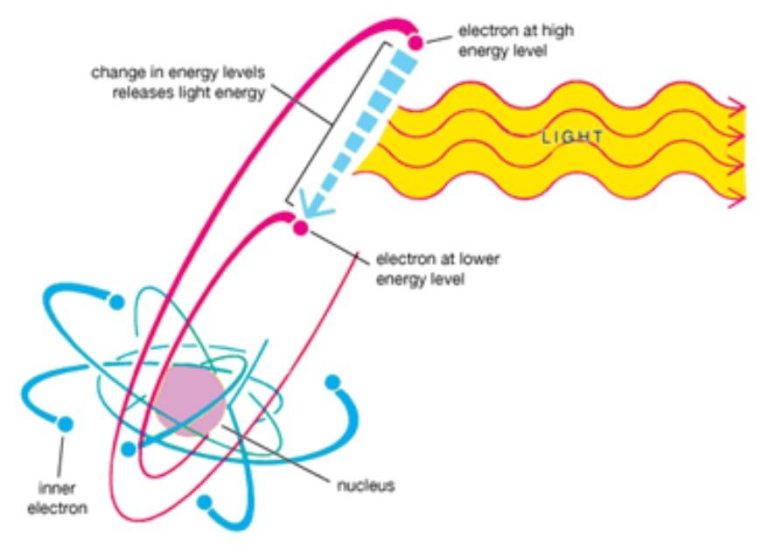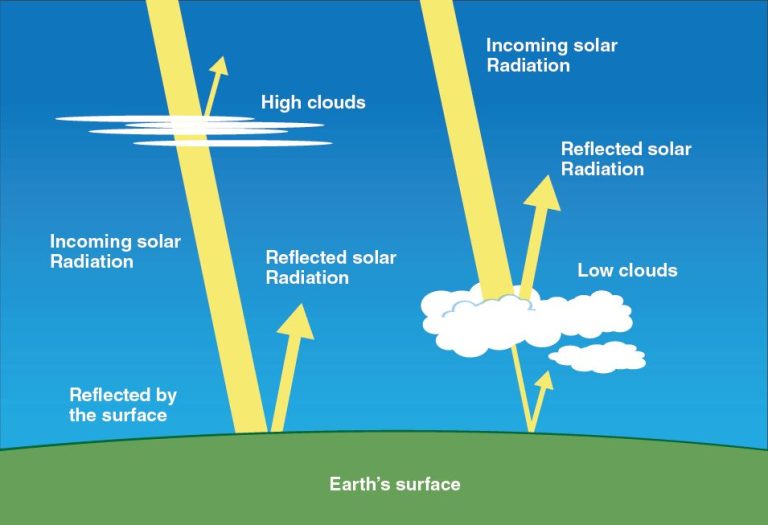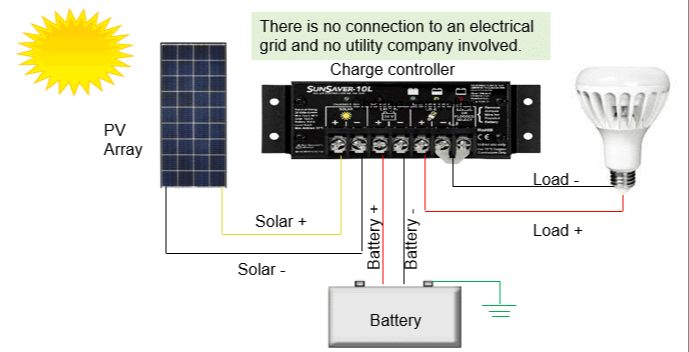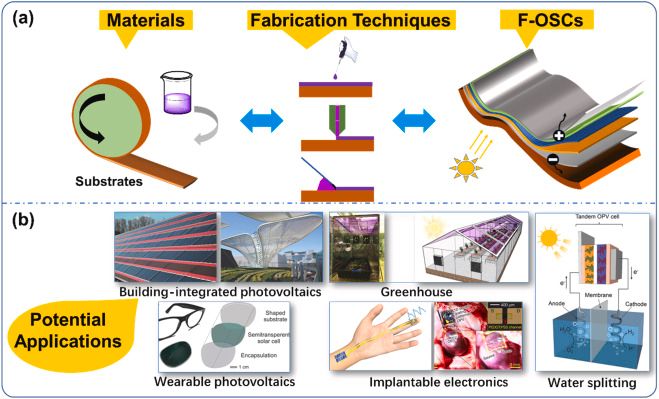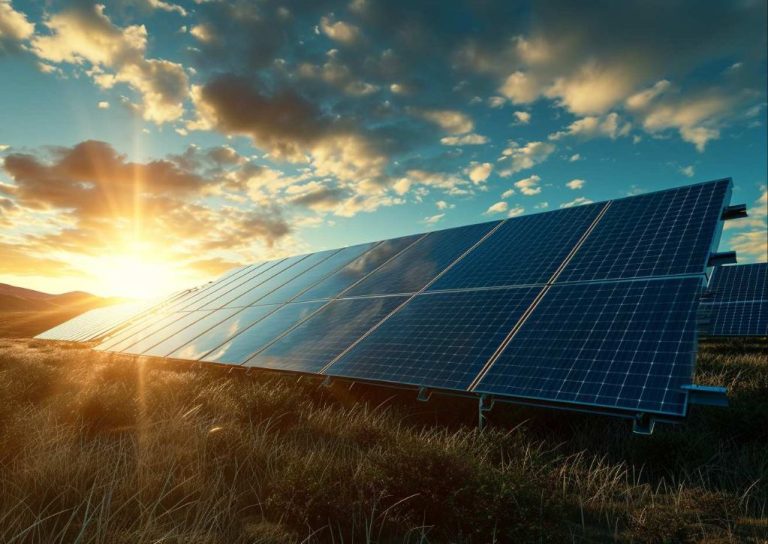What Converts Sunlight Into Energy In A Plant Cell?
Plants convert sunlight into energy through photosynthesis. This process takes place in the chloroplasts of plant cells. Chlorophyll is the key component that enables plants to absorb sunlight.
What is Photosynthesis?
Photosynthesis is the process plants use to convert sunlight into chemical energy. This energy is stored as glucose that the plant can use. The overall chemical equation for photosynthesis is:
6CO2 + 6H2O + Sunlight –> C6H12O6 + 6O2
In this equation, carbon dioxide (CO2) and water (H2O) are used by the plant, along with energy from sunlight, to produce glucose (C6H12O6) and oxygen (O2). The glucose provides energy for the plant and the oxygen is released as a byproduct.
Photosynthesis is an endothermic reaction, meaning it requires an input of energy in the form of sunlight to drive the process. The absorbed light energy is converted into chemical potential energy in the form of glucose. This glucose fuel can then be used by cells throughout the plant to power biological processes.
Where Does Photosynthesis Take Place?
Photosynthesis takes place in the chloroplasts of plant cells. Chloroplasts contain thylakoids stacked into grana and stroma. The thylakoid membrane hosts the light-dependent reactions.
Chloroplasts are organelles found in plant cells and eukaryotic algae that conduct photosynthesis. They contain the green pigment chlorophyll which captures light energy. Inside the chloroplast are stacked, disc-shaped sacs called thylakoids. The thylakoids are arranged into columns called grana that are connected by intergranal thylakoids.
The fluid interior region surrounding the thylakoids is called the stroma. This is where the light-independent reactions of photosynthesis take place. The thylakoid membrane contains integral and peripheral membrane protein complexes that carry out the light-dependent reactions. This is where solar energy is initially converted into chemical energy.
The Role of Chlorophyll
Chlorophyll is a green pigment found in the thylakoid membrane. It absorbs sunlight and converts it into energy. Chlorophyll reflects green light which gives plants their color. The chemical structure of chlorophyll enables it to absorb certain wavelengths of light. Specifically, chlorophyll absorbs red and blue light most efficiently. The energy from these light wavelengths is transferred to the chloroplasts and used to power photosynthesis. Without chlorophyll, plants would be unable to absorb enough sunlight to produce the energy they need. Chlorophyll’s role is absolutely essential to the process of photosynthesis in plant cells.
The Light-Dependent Reactions
The light-dependent reactions are the first stage of photosynthesis, where sunlight is captured and converted into chemical energy in the form of ATP and NADPH. This takes place in the thylakoid membranes within chloroplasts.
When sunlight reaches the leaves, the chlorophyll inside the chloroplasts absorbs the light energy. The energy from the sunlight excites electrons in the chlorophyll molecules, providing the energy to power the light-dependent reactions.
The excited electrons are shuttled through an electron transport chain, which creates a proton gradient that drives ATP synthase to produce ATP. This is similar to cellular respiration, except that oxygen is produced rather than consumed.
The light energy also provides power to split water molecules into hydrogen and oxygen. The oxygen is released as a waste product, while the hydrogen is used to replace electrons in chlorophyll after they have been excited by sunlight.
In summary, the light-dependent reactions harness light energy to produce ATP for energy and NADPH for reducing power. Water is split to replenish electrons in chlorophyll, releasing oxygen as a byproduct.
The Light-Independent Reactions
Also known as the Calvin cycle, the light-independent reactions are the final stage of photosynthesis when carbon dioxide is converted into sugar. This process takes place in the stroma of the chloroplast and utilizes the ATP and NADPH produced during the light-dependent reactions.
In this cycle, carbon dioxide from the atmosphere is “fixed” by combining with a 5-carbon sugar called RuBP. This initial reaction forms an unstable 6-carbon compound that quickly splits into two 3-carbon molecules called 3-phosphoglyceric acid (3-PGA). The ATP and NADPH provide the energy for these reactions to take place.
The 3-PGA molecules are then rearranged and assembled into a 6-carbon sugar molecule. Most of this newly formed sugar is recycled to regenerate RuBP so the Calvin cycle can continue. However, one out of every six sugar molecules is removed from the cycle and combined to form other carbohydrates like glucose that the plant can utilize for energy and growth.
Overall, the light-independent reactions convert the ATP and NADPH from the light-dependent reactions into chemical energy in the form of sugar to fuel the plant. While the light reactions harness the Sun’s energy, the Calvin cycle utilizes this energy to fix carbon and complete the synthesis of organic molecules.
Products of Photosynthesis
Photosynthesis produces glucose and oxygen as end products. Glucose, which carries the chemical energy harvested from sunlight, is the primary product of photosynthesis and the molecule that fuels the growth and function of the rest of the plant. This glucose molecule is composed of carbon, hydrogen, and oxygen. Plants use this glucose not only as an energy source for growth, but also as a building block to produce other organic compounds like cellulose, proteins, oils, and more that make up their structures.
Oxygen is released as a byproduct of photosynthesis. In the light-dependent reactions, when water is split, oxygen is released into the atmosphere as a waste product. Almost all of the oxygen in Earth’s atmosphere originates from oxygen released through photosynthesis. This oxygen byproduct is critical to most living organisms on Earth who require it for cellular respiration.
Photosynthesis and Plant Growth
The glucose produced during photosynthesis fuels plant respiration and growth. Plants use some of this glucose to provide energy for daily metabolic processes like growth, movement, and repair. The glucose is broken down through cellular respiration, which releases energy that the plant can use. Photosynthesis allows plants to accumulate biomass as they use the glucose to produce plant matter like stems, leaves, flowers, roots, fruits, and seeds.
Without photosynthesis, plants would not be able to synthesize their own food source and would not be able to grow and reproduce. The conversion of light energy into chemical energy is critical for supporting nearly all life on Earth. By absorbing light and fixing carbon dioxide into glucose, photosynthesis provides the basic energy source for plants.
Ecological Importance
Photosynthesis plays a critical role in sustaining life on Earth. It is the only biological process that harnesses the sun’s energy to produce carbohydrates and oxygen from carbon dioxide and water. Through this process, photosynthesis provides the energy that sustains almost all life on our planet.
Plants, algae and certain bacteria that undergo photosynthesis are called autotrophs, meaning they produce their own food. Photosynthesis allows these organisms to convert sunlight into chemical energy, which they store and use as fuel. The carbohydrates produced through photosynthesis are used by autotrophs for energy and growth. They also provide food sources for heterotrophs, which obtain energy by consuming other organisms.
In addition, photosynthesis is the only major process that removes carbon dioxide from the atmosphere and releases breathable oxygen as a byproduct. By taking in carbon dioxide and releasing oxygen, photosynthesizing organisms maintain balanced oxygen levels in the atmosphere, enabling aerobic lifeforms like humans to survive. Without photosynthesis steadily replenishing our planet’s oxygen supply, life as we know it could not exist.
In essence, through producing carbohydrates and oxygen, photosynthesis provides the energy and breathable air that sustains almost all life on Earth. It is one of the most fundamentally important ecological processes on our planet.
Conclusion
Photosynthesis is the process that converts sunlight into chemical energy in plants. This complex process takes place in chloroplasts, specialized organelles found in plant cells. Photosynthesis starts when the green pigment chlorophyll absorbs sunlight. The absorbed light energy is used to power a series of reactions that convert carbon dioxide and water into glucose, a simple sugar. Oxygen is released as a byproduct of photosynthesis. Through this process, plants are able to harness the Sun’s energy to fuel their growth. Photosynthesis is essential for almost all life on Earth, as it provides the oxygen and organic molecules that sustain most organisms.
In summary, photosynthesis converts light energy into chemical energy in chloroplasts. Chlorophyll absorbs sunlight to power the process, which results in glucose production and oxygen release. This allows plants to grow and produce the oxygen that supports other life on Earth.

